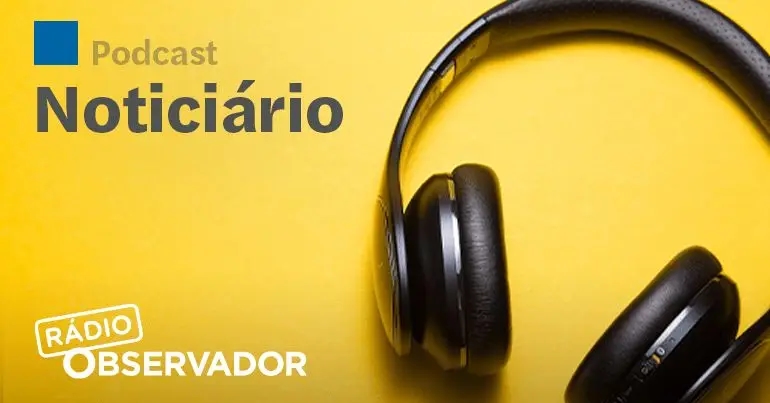Study: Disinformation more than doubles between elections

Disinformation increased by 160% between the 2024 European elections and the 2025 legislative elections, with Chega remaining one of the main disinformation parties (81.3%), according to a study.
The study “Disinformation in the 2025 Legislative Elections: Party Activity on Social Media”, by the Regulatory Authority for Communication (ERC) and the University of Beira Interior, concluded that in the last elections there was “a significant percentage increase in occurrences in an electoral context in the country”.
This increase resulted in a 160% increase in the number of cases of disinformation , compared to that recorded in the 2024 European elections.
Of the 4,514 publications identified on social media between April 7 and May 19, Instagram (30.0%) and Facebook (28.9%) aggregated the majority of content generated during this period, followed by X (22.8%), TikTok (9.8%) and YouTube (8.5%).
Among these publications, 16 cases of disinformation were found on party pages, and nine investigations were opened with the ERC.
According to the study, Chega is the party that most disseminated misinformation on social media , being responsible for 81.3% of cases, while the PS, PSD and CDS each had one occurrence, representing 18.7% of publications.
“Videos lead the way in the format of disinformation (56.3%), whether with montages, cuts or edits of pieces, ahead of a vast set of static images (43.8%), especially used to disseminate the results of surveys or voting intention polls”, the document reads.
False surveys or those developed by companies not registered with the ERC were the most frequent type of disinformation , with 31.1% of cases detected, followed by the dissemination of texts produced by media outlets not registered with the regulatory body (25.0%).
Two types of disinformation appear with the same percentage in third place: informative videos manipulated at various levels and publications that discredit the media or journalistic work (18.8%), while news altered to promote a misleading perception of the facts appears in last place (6.3%).
Furthermore, the majority of detected cases present “a low level of misinformation potential (43.8%)”, as they are amateurishly produced content that can be easily verified through an internet search.
Publications with medium potential represent 37.5% of the sample in question, being associated with the decontextualization of facts or manipulation of data, and therefore more difficult to verify.
Only a small portion of the identified cases can be classified as having high misinformation potential (18.8%), as they contain content with no relation to reality and may often have been created using Artificial Intelligence (AI).
The 16 posts generated a total of 197,471 audience interactions, receiving 20,633 comments and 12,368 shares. "It is estimated that nine videos have been viewed more than 3.5 million times, with particular emphasis on Instagram and TikTok," according to the study.
"The levels of bias become even more worrying when considering the size of the audience reached. It is estimated that more than six million social media users have been exposed to misinformation disseminated by Portuguese political parties (...) with a particular focus on Chega," the document reads.
This study was carried out following the cooperation protocol signed between the Regulatory Authority for Social Communication and LabCom — Communication Sciences Research Unit of the University of Beira Interior, which sought to analyze the presence and processes of disinformation in the context of the last legislative elections.
observador





